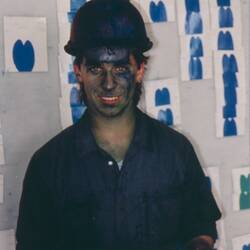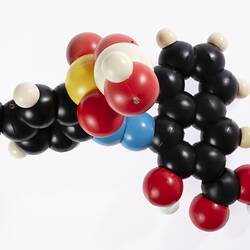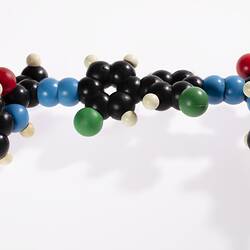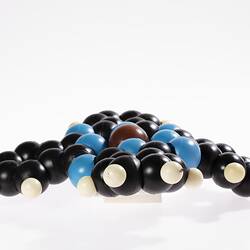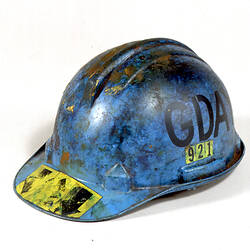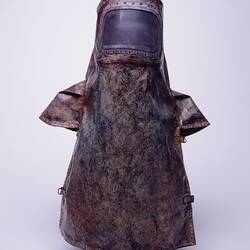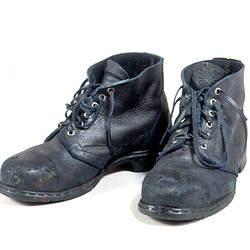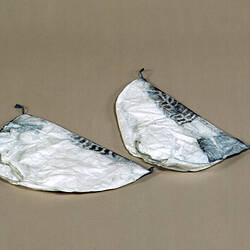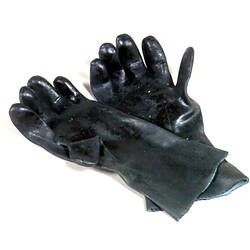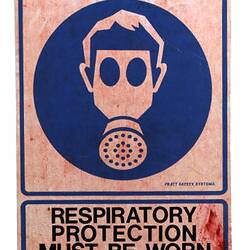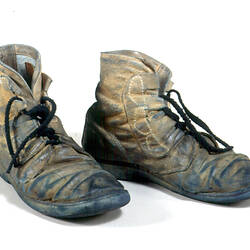The workers were employed in making the blue/green pigments, the red/yellow pigments, the workshop, the laboratory, and in the office (management, engineering, technical development, administration). The management model was to encourage a versatile, adaptable, multi-skilled workforce across the whole plant and did not rely on traditional trade demarcation of job roles. The relatively small workforce on a new greenfield site meant it was not entrenched in the traditional petrochemical industry labour structure and was able to be more collaborative and experimental with work teams and structures.
The workforce was a mixture of nationalities and was small enough for everyone to know each other's name; some even referred to it as like a family. While the physical working conditions were tough, there was a camaraderie and good pay rate that bound them to a working identity that was united by Occupational Health and Safety adherence, plant and process worker separation according to role, and social activities that extended beyond the workplace. In interviews, former staff recalled their hazardous working environment and also the way they visually took their work home with them in the form of skin coloured by the pigments produced in the factory, despite washing before leaving work.
References:
Audio transcripts of interviews with former Pigment Manufacturers of Australia staff, 1991-1999, Museums Victoria Collection.
More Information
-
Keywords
-
Authors
-
Article types

